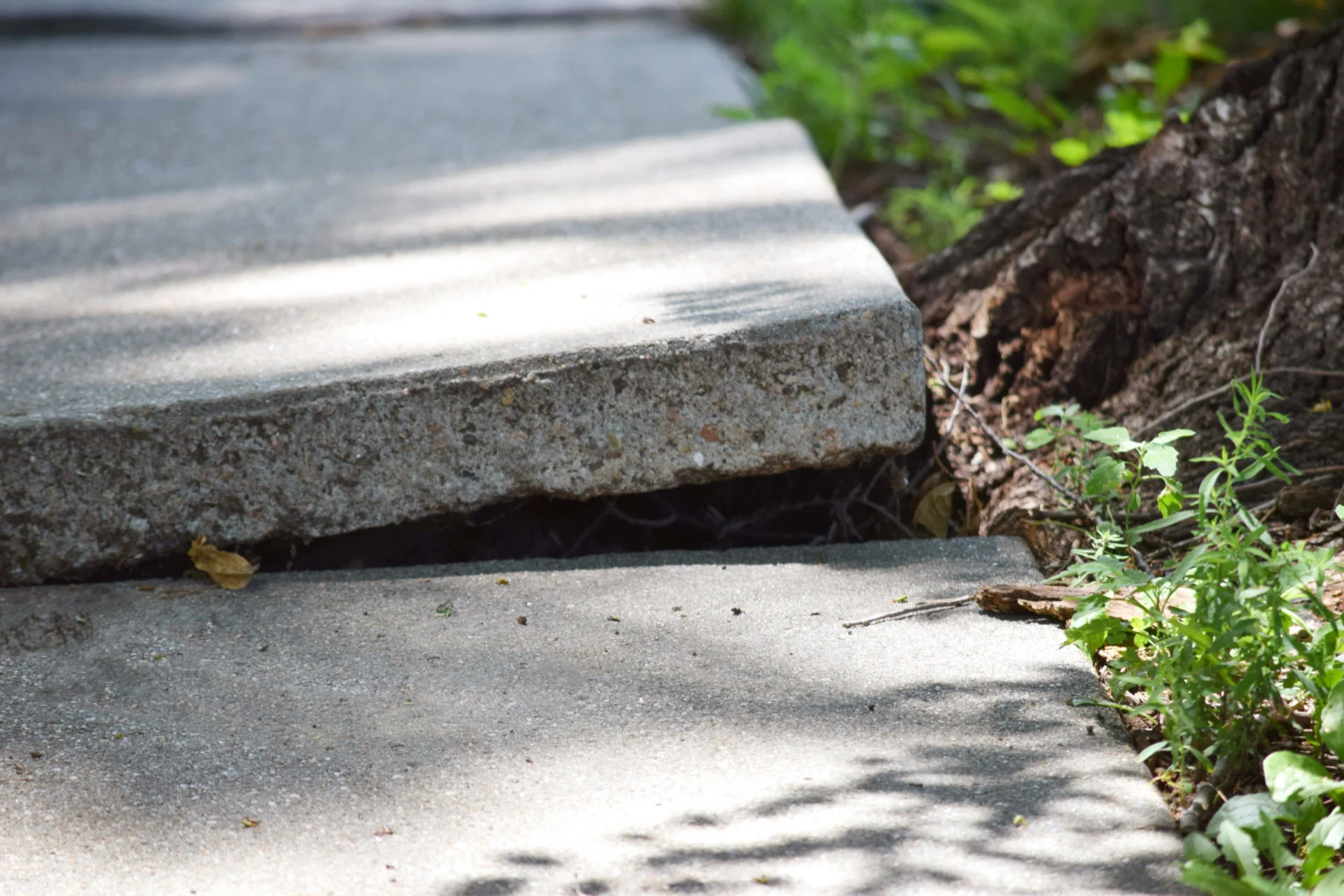
Tree roots can quietly cause foundation cracks by seeking water and nutrients, exerting pressure on your home’s base and creating uneven settling. Watch out for horizontal or zigzag cracks, uneven floors, or sticking doors, as these are signs of foundation damage. Understanding root growth patterns and taking preventive measures like safe tree planting distances can help you keep your foundation intact. Ignoring root issues can lead to costly damage, so it’s vital to address them promptly. If you want to safeguard your property further, learn about professional root removal solutions and proactive maintenance strategies.
Key Takeaways
- Tree roots seeking water can cause foundation cracks.
- Root penetration exerts pressure, leading to structural damage.
- Signs of foundation issues include cracks, uneven floors, and stuck doors.
- Understanding root growth patterns helps assess risks to structures.
- Ignoring root issues risks compromising building safety and tree health.
Impact of Tree Roots on Foundations
If you notice foundation cracks around your property, tree roots may be the culprit. Trees, while beautiful and beneficial in many ways, can also pose a threat to the stability of your home’s foundation. As trees grow, their roots naturally seek out sources of water and nutrients, sometimes leading them to penetrate the foundation of your house. These roots can exert pressure on the foundation, causing it to crack or shift over time.
The impact of tree roots on foundations can be significant. As roots grow and expand, they can create crevices in the soil beneath your foundation. This can lead to uneven settlement, causing parts of your home to sink while others remain stable. In extreme cases, tree roots can even lift sections of the foundation, leading to structural damage that may compromise the integrity of your home.
To prevent tree roots from causing further damage to your foundation, it’s crucial to take proactive measures. Regularly inspect the area around your home for signs of root intrusion, such as cracks in the foundation or gaps between walls and floors. Consider planting trees at a safe distance from your house to minimize the risk of root interference. If you already have trees close to your home, consult with a professional to determine the best course of action to protect your foundation from potential harm.
Signs of Foundation Damage
Tree roots impacting your foundation can manifest in various signs of damage that you should watch out for. If you notice any of the following red flags, it might be time to investigate further:
- Cracks in Walls: Keep an eye out for cracks in your interior walls, especially near windows and doors. Vertical cracks are often a sign of normal settling, but horizontal or zigzag cracks could indicate more serious foundation issues.
- Uneven Floors: If you notice that your floors are sloping or uneven, it could be a sign of foundation settlement. Use a level to check for discrepancies, especially in older homes or areas with expansive clay soils.
- Sticking Doors and Windows: Difficulty in opening or closing doors and windows can be a result of foundation movement. If you find yourself having to force them to latch or noticing uneven gaps, it’s worth investigating further.
- Pooled Water Around the Foundation: Excessive moisture around your foundation can lead to erosion and weaken the soil, exacerbating foundation problems. Look for pooling water, especially after rainfall, and address any drainage issues promptly to prevent further damage.
Understanding Root Growth Patterns
Root growth patterns play an important role in understanding how trees interact with their environment, particularly in relation to structures like foundations. When trees are planted near buildings, their roots seek out sources of water and nutrients, often extending far beyond the tree canopy. Understanding the typical patterns of root growth can help predict potential issues with nearby structures.
Tree roots generally grow in two main patterns: deep roots and shallow roots. Deep roots tend to grow vertically downwards, providing stability to the tree and accessing water from deeper soil layers. On the other hand, shallow roots spread out horizontally near the soil surface, absorbing nutrients and water from the topsoil. In urban areas, shallow roots can be a concern as they may extend under foundations and sidewalks, potentially causing damage over time.
Another important aspect of root growth patterns is the root spread, which can vary depending on the tree species. Some trees have a compact root system that stays close to the trunk, while others have roots that spread out extensively. Understanding the specific growth habits of the trees near structures is vital for evaluating the potential risks they pose to foundations and other man-made elements.
Risks of Ignoring Root Issues
Ignoring issues related to tree roots near structures can lead to costly foundation damage and potential safety hazards. When tree roots are left unattended, they can wreak havoc on the stability of buildings and pose risks to inhabitants.
Here are four critical risks of neglecting root issues:
- Foundation Cracks: Tree roots can exert immense pressure on the foundation of a structure as they grow and expand. This pressure can cause the foundation to crack, leading to structural instability and compromising the safety of the building.
- Water Damage: As tree roots grow, they can also disrupt underground pipes, including water supply and drainage systems. This disruption can result in water leaks, blockages, or even pipe bursts, causing water damage to the foundation and surrounding areas.
- Structural Weakness: Over time, the pressure from tree roots can weaken the structural integrity of a building. This weakening can manifest in various ways, such as sagging floors, leaning walls, or misaligned door frames, indicating significant structural issues.
- Tree Instability: Neglected root issues can also affect the health and stability of the tree itself. If the roots are causing damage to nearby structures, the tree may become unstable and pose a risk of falling, potentially causing severe injury or property damage.
Assessing Foundation Cracks
To evaluate foundation cracks, closely inspect the affected areas for any visible signs of damage or shifts. Look for cracks in the walls, especially near doors and windows, as well as in the foundation itself. Take note of any separation between the walls and ceiling or walls and floors. Cracks wider than a quarter of an inch are typically a cause for concern and should be examined by a professional.
Additionally, pay attention to any doors or windows that are suddenly difficult to open or close. This could indicate a shift in the foundation that’s affecting the alignment of the frames. Uneven floors or gaps between the floor and walls are also red flags that shouldn’t be ignored.
Keep track of any moisture or water damage around the cracks. Water seepage can worsen foundation issues, leading to more extensive damage over time. Mold or mildew growth near cracks is a sign that moisture is penetrating the foundation and needs to be addressed promptly.
Remember to document the size, location, and direction of the cracks to provide accurate information to a foundation specialist. Taking action early can prevent further damage and save you from costly repairs in the future.
Preventive Measures for Homeowners
Wondering how you can protect your home from potential foundation issues caused by tree roots? Here are some preventive measures you, as a homeowner, can take to safeguard your property:
- Strategic Tree Planting: When planting trees on your property, consider the mature size of the tree and its root system. Keep large trees at a safe distance from your home to prevent root intrusion into the foundation.
- Regular Inspections: Schedule regular inspections of your property to check for any signs of root invasion or foundation cracks. Early detection can help prevent extensive damage.
- Proper Watering: Make sure trees on your property receive adequate watering. Adequate hydration can help prevent roots from seeking moisture near your home’s foundation.
- Root Barriers: Installing root barriers along the perimeter of your home can help deflect tree roots away from the foundation. These barriers can be physical or chemical and are effective in preventing root damage.
Professional Root Removal Solutions
Consider hiring professionals for effective root removal solutions to address tree root issues impacting your foundation. When dealing with tree roots causing damage to your home’s foundation, it’s important to rely on experts who’ve the knowledge and tools to handle the situation efficiently and safely.
Professional root removal services offer a range of solutions tailored to your specific needs. They can utilize techniques like root pruning, which involves cutting back roots that are encroaching too close to the foundation without harming the overall health of the tree. Another method is root barrier installation, where barriers are placed underground to prevent roots from growing towards the foundation.
These professionals have the expertise to assess the extent of the root damage and recommend the most suitable course of action. By entrusting the job to them, you can guarantee that the root removal process is done correctly, minimizing the risk of further foundation damage.
Additionally, professionals have access to specialized equipment that allows them to efficiently remove roots without causing unnecessary disturbance to your property. This ensures that the job is completed with precision and care, reducing the likelihood of future issues arising from incomplete root removal.
Repairing Foundation Damage
When addressing tree root issues impacting your foundation, the next step involves looking into repairing foundation damage caused by these roots. Tree roots can exert immense pressure on your foundation, leading to cracks and structural issues that need immediate attention.
Here are four essential steps to effectively repair foundation damage:
- Evaluation: Begin by evaluating the extent of the damage. Look for cracks in the walls, uneven floors, or doors and windows that no longer close properly. Understanding the scope of the damage will guide the repair process.
- Root Removal: Before repairing the foundation, it’s important to remove the tree roots causing the damage. This step may involve cutting or trimming the roots without harming the tree, ensuring that further damage is prevented.
- Foundation Repair: Depending on the severity of the damage, foundation repair techniques such as patching cracks, underpinning, or installing piers may be necessary. Consulting with a professional foundation repair specialist can help determine the best course of action.
- Preventative Measures: Once the foundation damage is repaired, consider implementing preventive measures to avoid future issues. This may include installing root barriers, choosing less invasive tree species, or regular maintenance to monitor any potential root growth towards the foundation. Taking proactive steps can help safeguard your foundation from future tree root damage.
Long-term Maintenance Strategies
To maintain the integrity of your foundation in the long term, implementing proactive measures is vital. Regularly inspect the area around your home for any signs of tree roots encroaching towards the foundation. By keeping an eye on potential issues, you can address them before they escalate into serious problems. Consider planting trees and shrubs at a safe distance from your home to prevent future root intrusion. Selecting species with non-invasive root systems can greatly reduce the risk of foundation damage.
Another important long-term maintenance strategy is to make sure proper drainage around your property. Excess water in the soil can weaken the foundation and make it more susceptible to cracks caused by tree roots. Install gutters, downspouts, and proper grading to direct water away from the foundation. Regularly clean and maintain your gutters to prevent clogs that could lead to water pooling near the base of your home.
Furthermore, schedule routine inspections with a professional to assess the health of your foundation. Experts can identify early warning signs of potential issues and provide guidance on how to mitigate risks. Investing in preventive maintenance now can save you from costly repairs in the future. By staying proactive and vigilant, you can protect your foundation from the silent culprit that’s tree roots.
Frequently Asked Questions
Can Tree Roots Be Beneficial for Foundations in Any Way?
Yes, tree roots can actually be beneficial for foundations by helping to stabilize the soil and prevent erosion. They can also absorb excess water, reducing the risk of flooding and providing natural support.
How Can Homeowners Determine if a Tree on Their Property Poses a Risk to Their Foundation?
To determine if a tree poses a risk to your foundation, inspect for signs like cracks, sinking floors, or doors/windows not closing properly. Check if roots are encroaching on the house. Consult an arborist if unsure.
Are There Any Warning Signs of Root Issues That May Not Be Visible on the Surface?
If you notice sudden cracks in your foundation, doors or windows sticking, or unexplained plumbing issues, these could be unseen signs of tree root problems. Have an expert inspect to avoid potential damage.
What Are the Potential Costs Associated With Repairing Foundation Damage Caused by Tree Roots?
Repairing foundation damage caused by tree roots can be costly. You may need to address the root cause, fix the foundation cracks, and potentially reinforce the structure. Costs vary based on the extent of damage and needed repairs.
Are There Any Alternative Solutions to Consider Before Resorting to Professional Root Removal Services?
Before opting for professional root removal, you could explore less invasive options like root barriers, regular trimming, or changing landscaping layouts. These alternatives might help mitigate foundation damage caused by tree roots and save money.
Conclusion
Lifetime Basement Waterproofing has been Atlanta’s premier basement waterproofing company for over 30 years.
As a family-owned and operated company, we specialize in basement waterproofing and offer a range of expert services.
Our expertise extends to crawlspace encapsulation, exterior foundation waterproofing, foundation crack repair, and designing drainage solutions like French drains.
For all your wet basement repair needs, trust Lifetime Basement Waterproofing to deliver top-notch solutions.
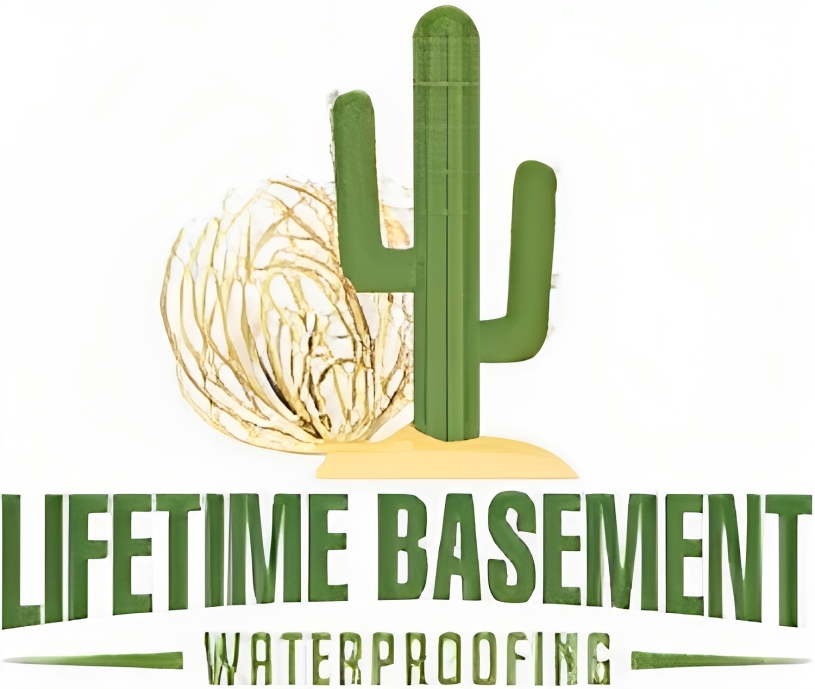
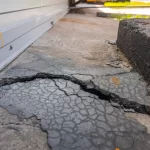

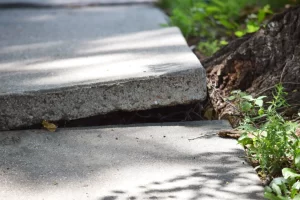
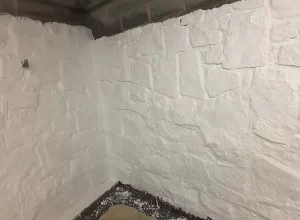
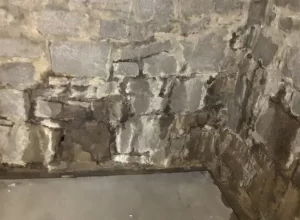
No comment yet, add your voice below!